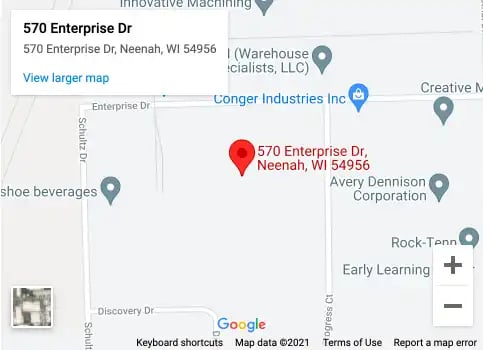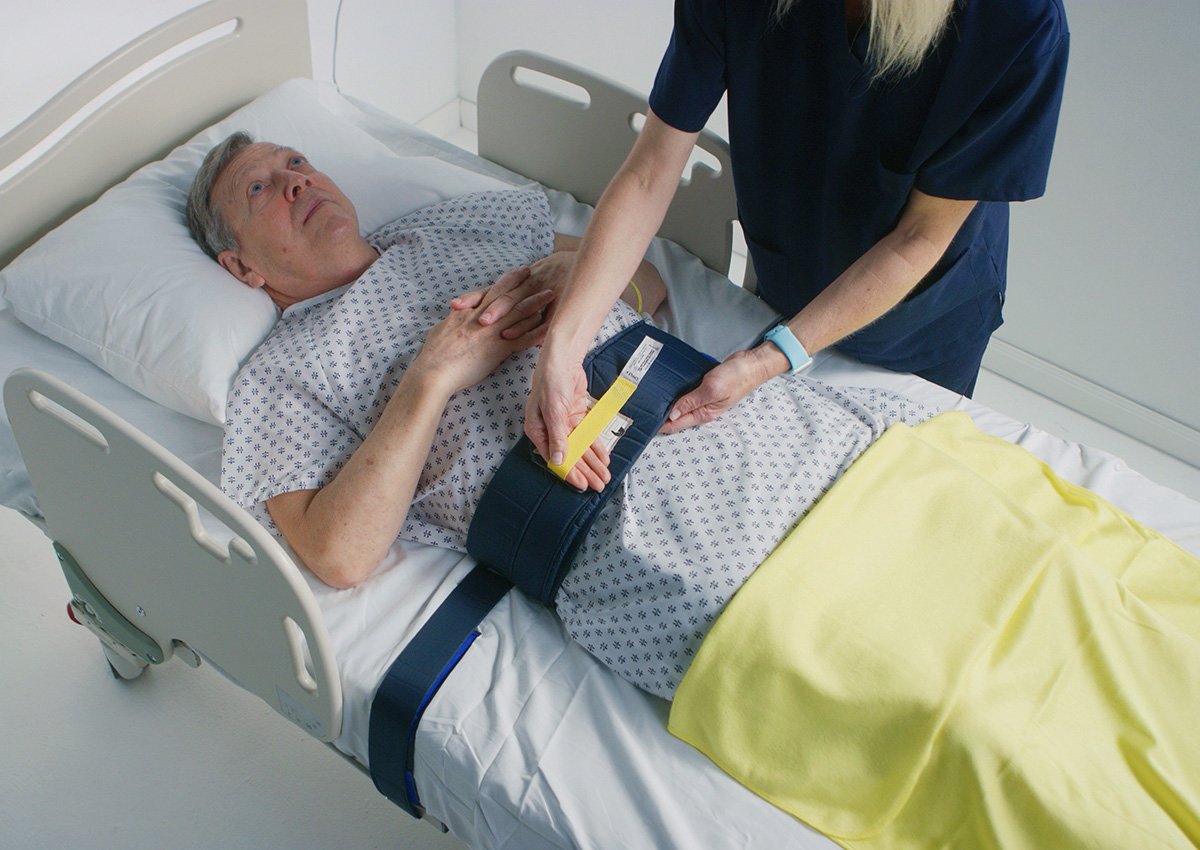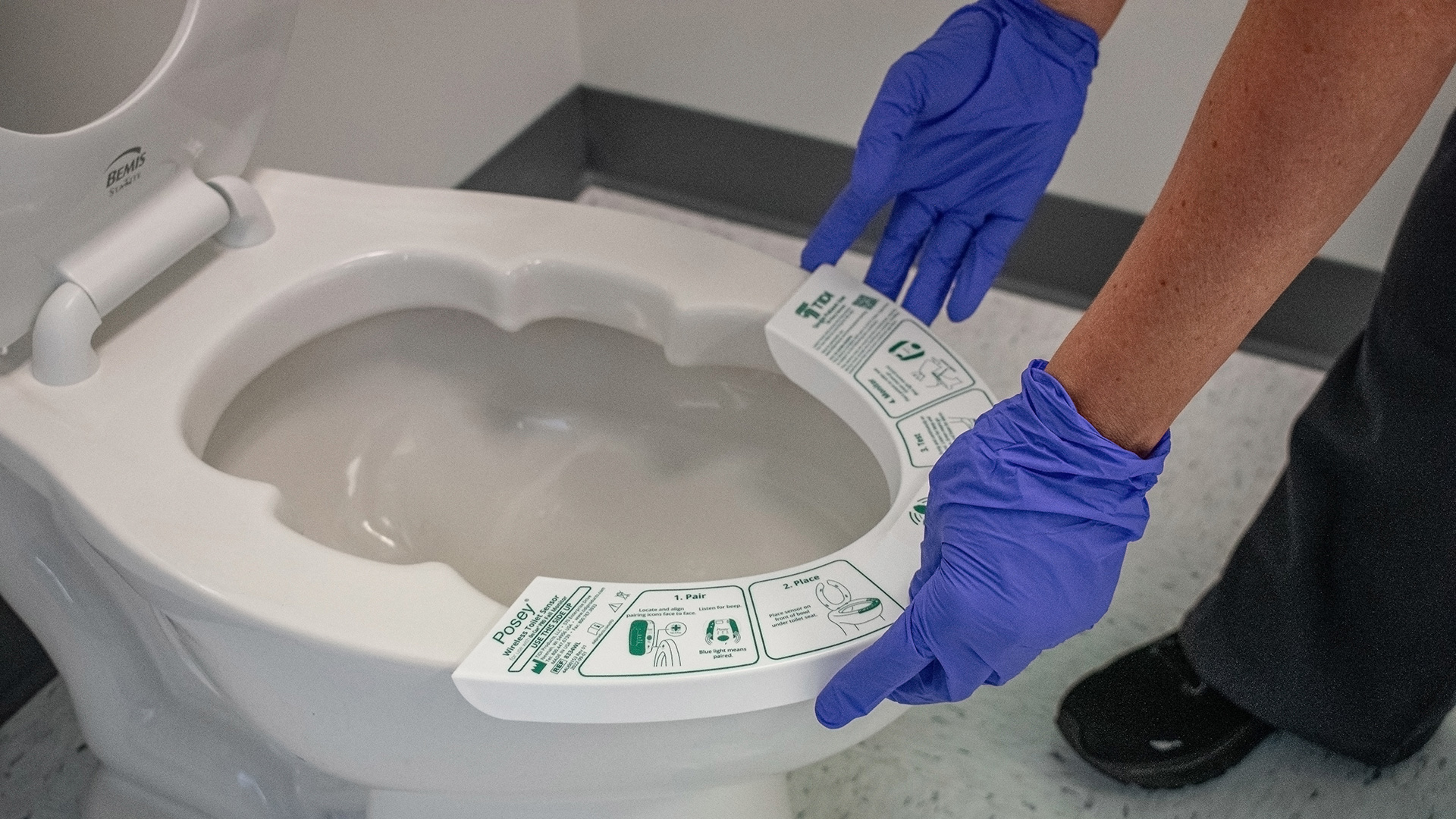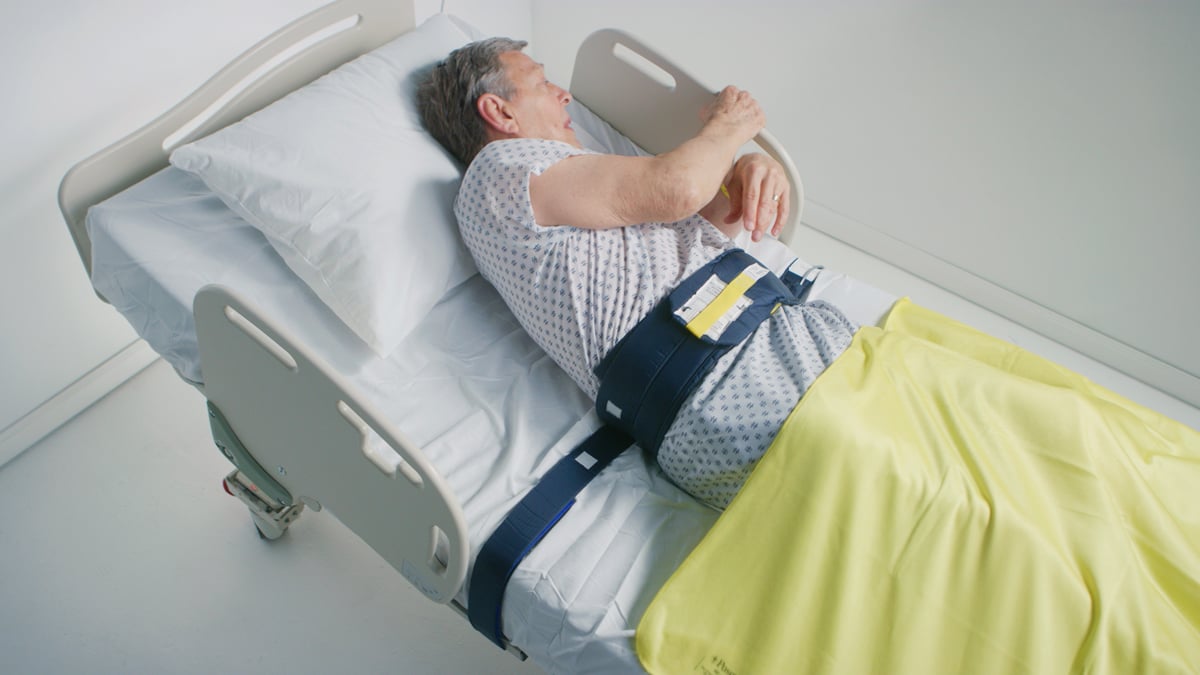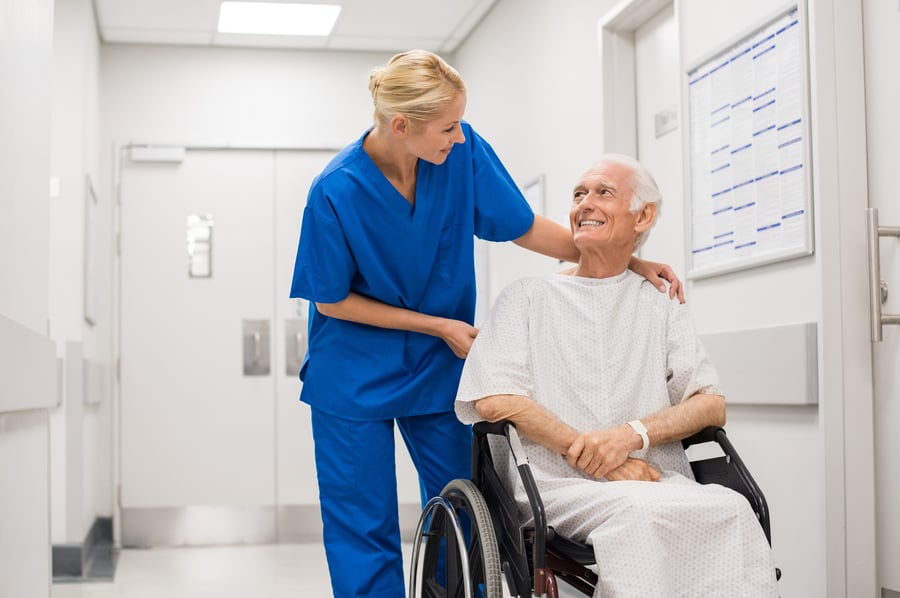In Part 2 of our two-part series addressing inpatient fall rates, we will explore the ways in which organizations can augment their multifactorial fall prevention protocols by implementing restraint-free, self-releasing technology. Part 1 reviewed the organizational costs of inpatient falls and discussed the use of this type of technology for fall prevention.
The information in this blog derives from a Posey® white paper1 written by Julie Nyhus and published by TIDI Products, LLC.
“This is a different time in nursing where staffing is a huge crisis, not even a problem, a crisis. When we are working with bare-bones staff especially, this product gives us more of a head start to get into a patient’s room versus a pad alarm which tells us the patient is already up. The belt alarm lets us know the patient is getting up and it gives us time to get to them. That’s why we use them; these belt alarms help us keep our patients safe.”
― Emily Hess, RN, BSN, Clinical Educator at Aspirus Wausau Hospital in Wausau, Wisconsin
Augmenting Fall Prevention Initiatives
Hospital system approaches to fall prevention have created safer environments. And fall prevention technologies, such as restraint-free chair and bed sensor alarms, have proved to be essential components of fall prevention frameworks beyond multifactorial protocols.
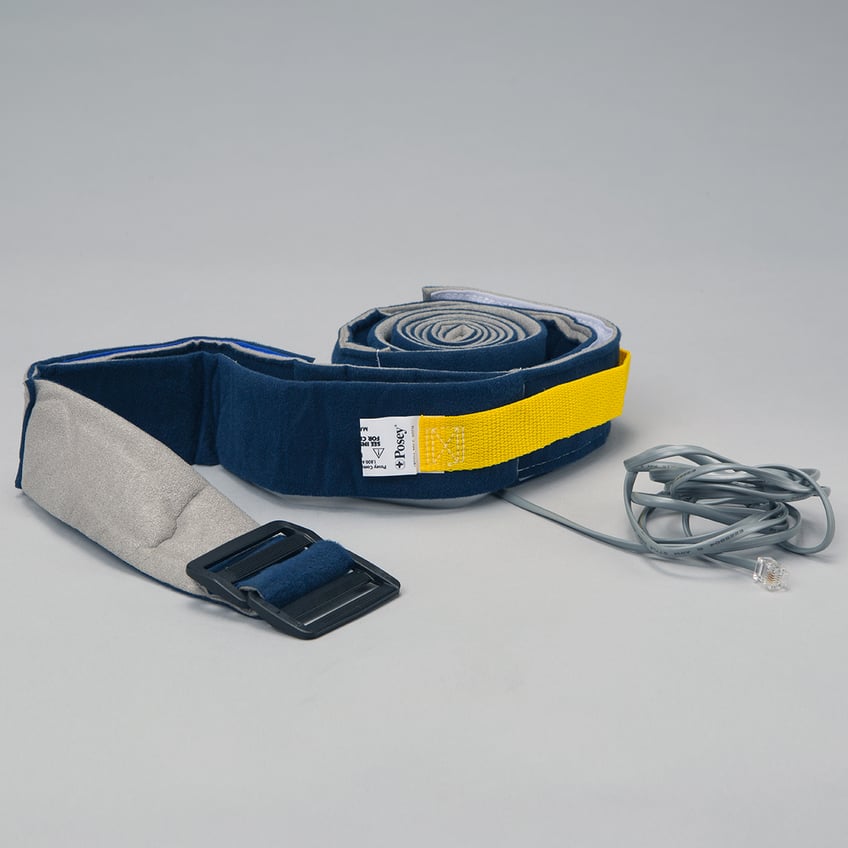
The ideal model of fall prevention unites multifactorial initiatives and non-restraint technology, allowing a clear distinction between the intent of each fall prevention protocol and tool. This unique connection can be individualized to each patient and safely directed by the nursing process.
Supporting the Nursing Process
Since 1995 patient falls and fall-related injuries have been considered nurse-sensitive indicators because fall prevention depends on the quality and quantity of nursing care. By deeming falls a nurse-sensitive indicator, the American Nurses Association demonstrated that nurses play a crucial role in fall outcomes.2
The National Database of Nursing Quality Indicators (NDNQI) recognizes nurse-sensitive indicators (NSIs) as a reflection of the structure, process, and patient outcomes of nursing care.3 The nursing process guides clinical practice decisions that exist outside the application of generalized protocols and is how nursing directly impacts patient care. Beyond implementing generalized fall protocols, nurses can significantly reduce fall risks by using clinical judgment in daily practice.
Empowering Nurses
In some healthcare organizations, such as the Department of Veterans Affairs (VA), registered nurses perform fall and fall-injury risk assessments upon admission.4,5 When this practice widens to other healthcare settings and hospitals, true cultural change can emerge, allowing nurses to practice to the full extent of their expertise, utilizing the nursing process — assessment, diagnosis, outcome identification, and evaluation.
Several organizations have reinforced their multifactorial fall prevention initiatives by allowing nurses to complete fall and fall-injury risk assessments and use clinical judgment to initiate non-restraint technology, such as self-releasing sensor belts.
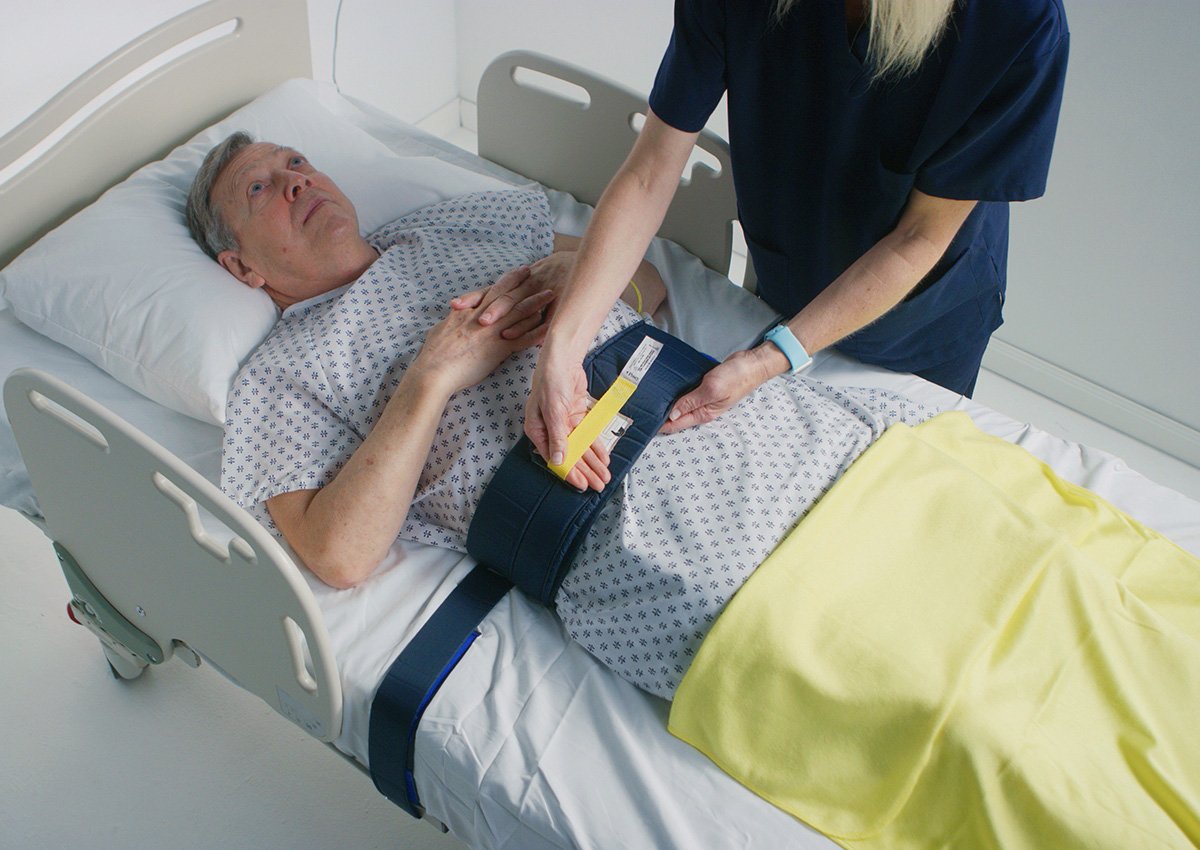
The Process in Action
Assessment: Authorize nurses to complete fall and fall-injury risk assessments with a standardized, validated tool upon hospital admission. Nurses have the clinical expertise and training to engage in population-specific fall and fall injury assessments as part of the interdisciplinary team. Nurses can identify when additional safety measures are required to augment hospital-wide guidelines.
“We have the Hester Davis Scale for Fall Risk Assessment tool built into our electronic medical record (EMR). Patients who score two or higher in mobility or mental status automatically qualify for the Posey HeadStart Notification Sensor Chair Belts as long as they can teach back (demonstrate ability to release).” ― Emily Hess, RN, BSN, Clinical Educator at Aspirus Wausau Hospital in Wausau, Wisconsin
Diagnosis: Allow nurses to follow the nursing process in daily clinical practice and develop individualized fall prevention plans of care based on nursing diagnoses. Nurses are knowledgeable about the vulnerability of the populations they serve and allow that knowledge to direct their critical thinking skills. Implementing care plans specific to patients, populations, or settings allows a direct impact on falls as a nurse-sensitive indicator.
At our organization, “the use of the Posey HeadStart Notification Sensor Chair Belts is left up to the clinical judgment of the nurse. For the staff, the chair belts provide a level of comfort in knowing that when the patient is trying to mobilize, the belt will alarm, and they will have time to respond to the patient.” ― Tracy Chu, MS, RN, CCRN, Clinical Quality RN at Sutter Health in Sacramento, California
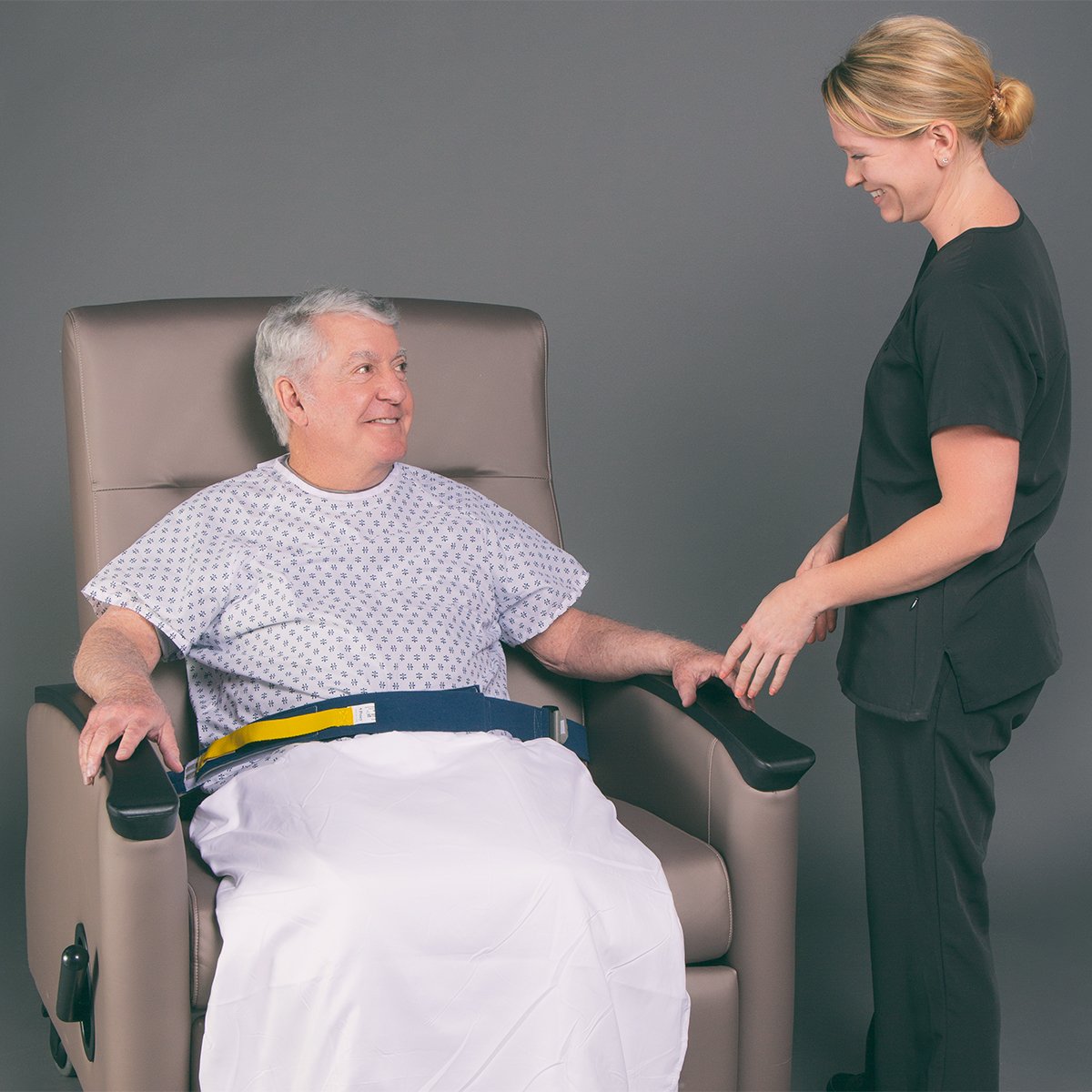
Outcome Identification: Ensure nurses are a part of multidisciplinary fall prevention teams. Nurses are familiar with fall prevention strategies which allow them to identify outcomes for individual patients and correlate outcome results to specific populations and settings.
“We allow nurses to do a complete assessment, determine the value of use to the patient, implement the Posey HeadStart Notification Sensor Chair Belt, teach and educate the patient and family, document appropriately under less restrictive interventions, and evaluate the outcome daily.” ― Danyel Johnson, MSN, RN, CNN, CNS at Cone Health in Greensboro, North Carolina
Evaluation: Enable nurses to evaluate outcomes of generalized protocols and patient-specific care plans. At the point of care, nurses are uniquely positioned to identify contributing factors that affect the success or failure of patient interventions. Plans must be in place to evaluate the effectiveness of all prevention tools, including technology-based tools.
At Cone Health, the clinical nurses run department-specific, quarterly audits to obtain feedback about “fall prevention interventions such as ‘was the patient’s initial fall risk properly identified on admission’ and ‘was injury risk properly assessed?’” ― Danyel Johnson, MSN, RN, CNN, CNS at Cone Health in Greensboro, North Carolina
Nurses have the expertise to perform fall and fall-injury risk assessments, initiate organizational fall prevention guidelines, and apply the nursing process to individualize fall prevention care beyond organizational guidelines.
Learn More Now!
To learn more about the costs associated with inpatient falls and injuries, the history of fall prevention, and how to bolster fall prevention initiatives using restraint-free, self-releasing technology such as Posey HeadStart® Notification Sensors, download our white paper here.
And be sure to visit the Posey HeadStart Chair and Bed Sensors webpage today!
SOURCES
1 Nyhus, J. Inpatient Fall Rates Persist: Using Restraint-free Technology To Augment Fall Prevention Protocols [White Paper (2023), TIDI Products, LLC].
2 Quigley P. We’ve made gains in preventing falls, but more work remains. American Nurse Today. 2015;10(7).
3 Dykes PC, Burns Z, Adelman J, et al. Evaluation of a patient-centered fall-prevention tool kit to reduce falls and injuries: A nonrandomized controlled trial. JAMA Netw Open. 2020;3(11):e2025889.
4 Wicker D, Boivin J. Hook-and-loop alarm belt: A vital component in a fall-prevention toolkit. American Nurse Today. 2017;12(1):26-27.
5 U.S. Department of Veterans Affairs. VHA National Center for Patient Safety. Falls Toolkit. Updated July 18, 2019. Accessed November 1, 2022. https://www.patientsafety.va.gov/professionals/onthejob/falls.asp



